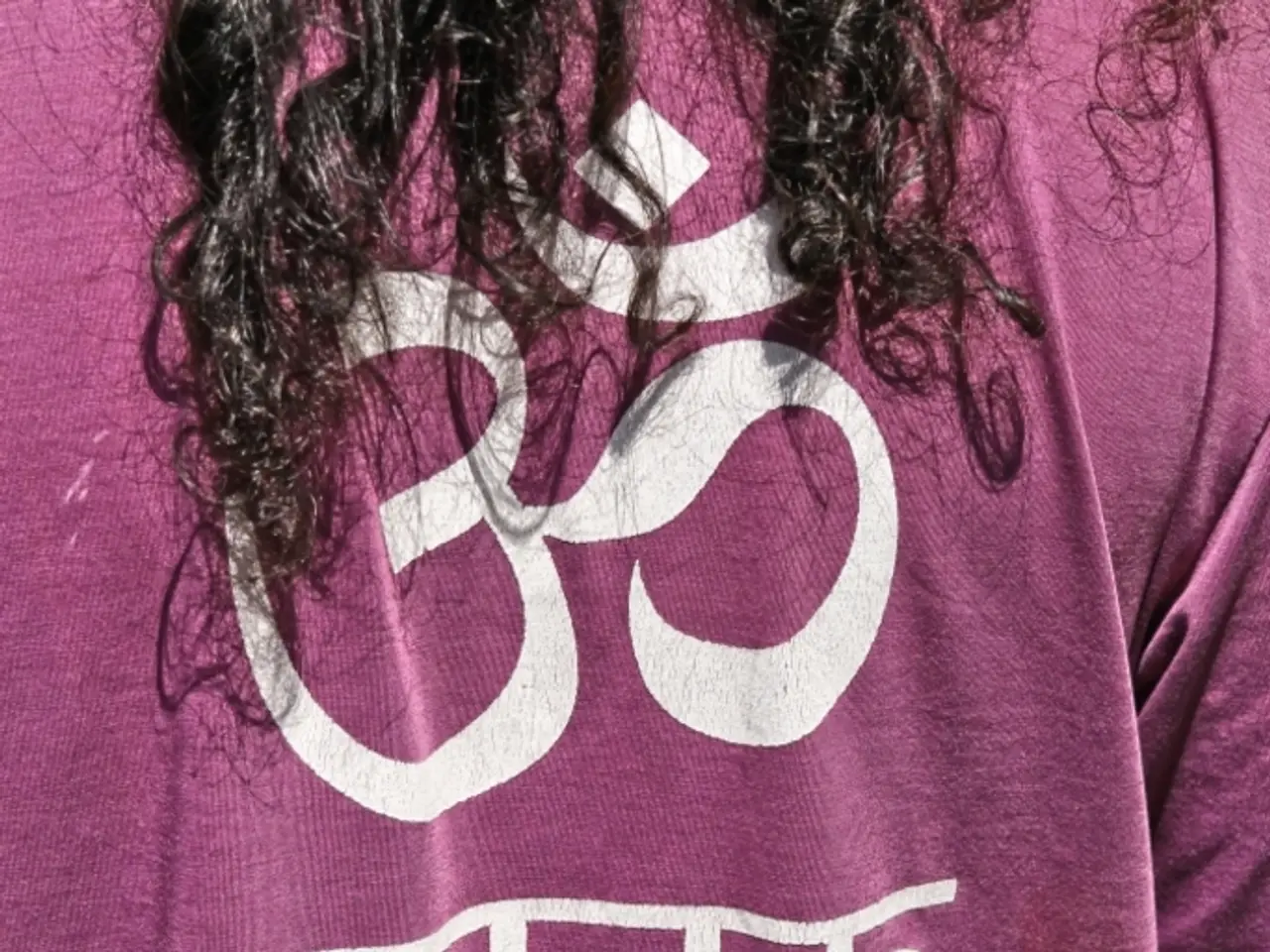Yoga Benefits and Positions for Ankylosing Spondylitis
Yoga, an ancient practice with origins in India, has gained popularity worldwide for its numerous health benefits. For individuals living with Ankylosing Spondylitis (AS), a type of spondyloarthritis, the practice can offer significant relief and improvement in overall well-being.
Benefits of Yoga for AS
Yoga provides a unique set of benefits for AS patients. Gentle movements, such as the cat-cow pose, help maintain spinal flexibility and reduce stiffness, which are common challenges for those with AS.
In addition, yoga focuses on core strength, with poses like plank and boat helping to strengthen the muscles around the spine, providing additional support and stability.
The low-impact nature of yoga makes it an ideal exercise for AS patients, as it does not excessively stress the joints. Deep breathing exercises in yoga can also help expand the chest, which is often reduced in AS, and promote relaxation to manage stress and pain.
Recommended Yoga Practices
For individuals with AS, certain yoga styles are particularly beneficial. Hatha Yoga, suitable for beginners, focuses on gentle postures and breathing techniques. Yin Yoga emphasizes passive, static stretches to improve flexibility without putting excessive strain on the joints. Restorative Yoga uses props to support the body in relaxing postures, which can reduce inflammation and promote healing.
Important Considerations
While yoga can be incredibly beneficial, it's crucial to approach the practice with caution. Working with a yoga instructor or physical therapist who understands AS is essential to tailor exercises to individual needs and avoid exacerbating symptoms.
Slow and controlled movements are key to preventing injury and ensuring that exercises are beneficial rather than harmful. It's also important to listen to your body, stopping or modifying poses if they cause discomfort or pain.
Yoga programs are accessible in various formats, including local, in-person classes, online yoga workouts, and yoga apps. Free online yoga classes can be found on YouTube, and in-person yoga programs can be found by searching Yoga Alliance's directory by region.
Regular yoga practice can help improve flexibility, reduce stiffness, swelling, and pain, preserve range of motion, and reduce the risk of joint fusion. However, it's important to remember that existing joint damage is irreversible.
In conclusion, yoga offers a low-impact, flexible exercise routine that can help manage the symptoms of Ankylosing Spondylitis. With the right guidance and approach, yoga can be a valuable tool in maintaining overall health and well-being.
- For individuals with Ankylosing Spondylitis (AS), gentle movements like the cat-cow pose in yoga can maintain spinal flexibility and reduce stiffness, offering significant relief.
- In addition to physical benefits, yoga focuses on deep breathing exercises, which can help expand the chest and promote relaxation to manage stress and pain for AS patients.
- Hatha Yoga, suitable for beginners, and Yin Yoga, with its emphasis on passive, static stretches, are particularly beneficial for AS patients, providing relief without putting excessive strain on joints.
- Despite its numerous benefits, it's essential to work with a yoga instructor or physical therapist who understands AS when practicing yoga to tailor exercises to individual needs and avoid exacerbating symptoms.
- Regular yoga practice can help improve flexibility, reduce stiffness, swelling, and pain, preserve range of motion, and reduce the risk of joint fusion for those with Ankylosing Spondylitis.
- Yoga programs can be accessed in various formats, such as local classes, online workouts, and yoga apps, with free online classes available on YouTube and in-person yoga programs found through the Yoga Alliance's directory.




